Our understanding of our origin is changing, as Homo sapiens appears to be much older than we have previously thought. Our understanding is now deepened even further by a new genetic research study.

A research team consisting of researchers from Uppsala University in Sweden, the Universities of Johannesburg and the Witwatersrand in South Africa, concludes that Homo sapiens must have existed around 300,000 years ago already. This is more than 100,000 years older than what has been the widely accepted theory of human origins.
The scientists used fossils from Ethiopia as a reference point for determining the human origin. These fossils are anatomically modern people and date back 180,000 to 190,000 years.
In this study, the researchers analyzed DNA from seven people who lived in South Africa during the Stone Age and the Iron Age. They then backtrack by comparing the DNA with genetic information from people living today and other archaeological human findings. For example, they sequenced the genomes of seven individuals who lived in southern Africa 2,300 to 300 years ago.
More than 300,000 years old
The new study supports prior findings that the Khoe and San groups of southern Africa (Khoe-San or Khoisan) represent the earliest branch of the human family tree. With DNA from their ancestors show that the first anatomically modern humans emerged some 260,000 to 350,000 years ago.
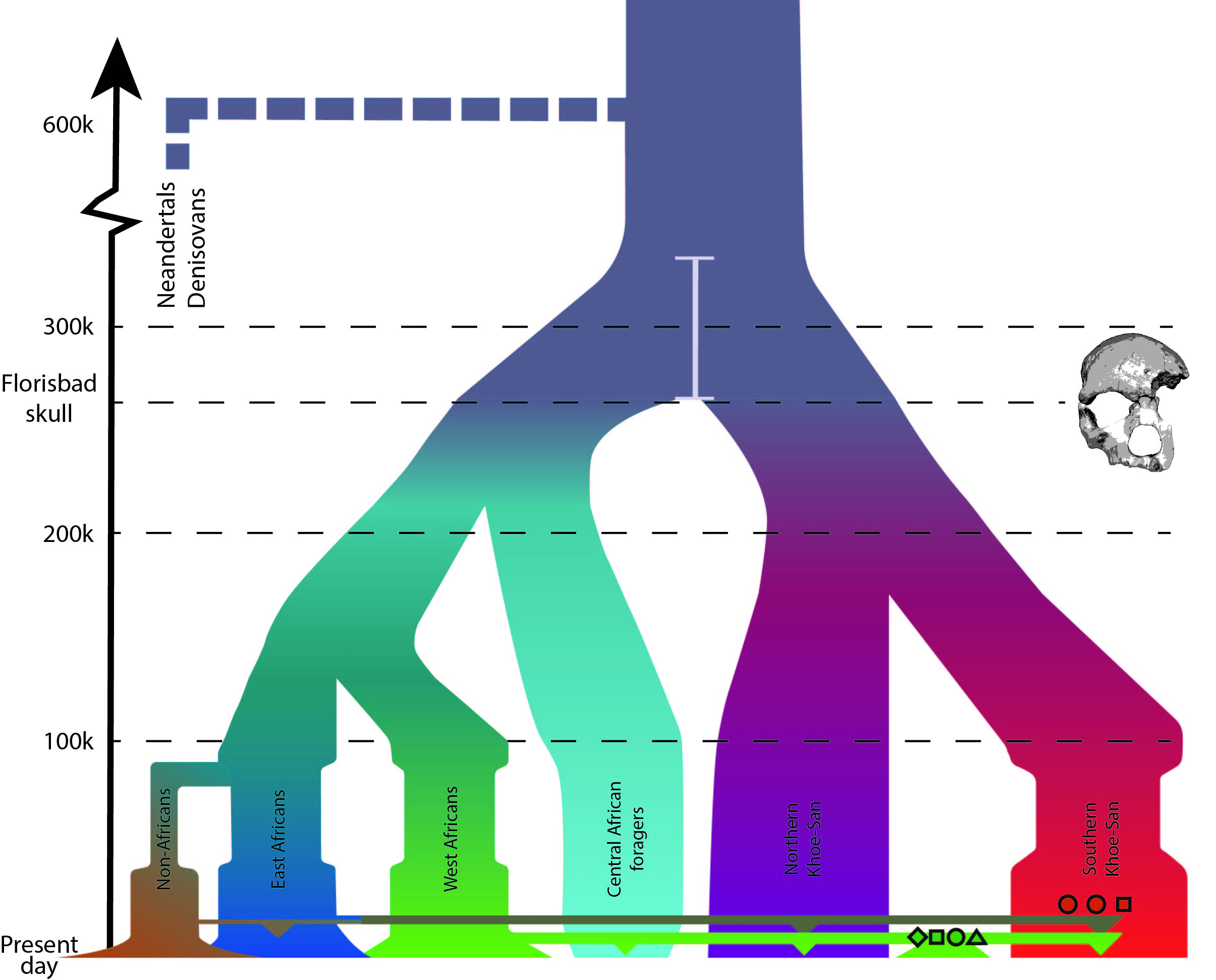
Their dating estimates also fit with the fossil record. The deeper estimate for modern human divergence at 260,000 to 350,000 years coincides with the Florisbad and Hoedjiespunt fossils, contemporaries of the small-brained Homo Naledi in southern Africa.
Both paleo-anthropological and genetic evidence increasingly points to multi-regional origins of anatomically modern humans in Africa, i.e. Homo sapiens did not originate in one place in Africa, but might have evolved from older forms in several places on the continent with gene flow between groups from different places.
– Study author and population geneticist Carina Schlebusch, Uppsala University.
Ever deeper estimate
If this study had come just a year ago, it might have been hard to imagine that our species Homo sapiens would be more than 100,000 years older than the classic theory of human origins to be about 200,000 years.
But there have been numerous studies published this year that all point in the same direction, namely that our species are much older than previously thought. Specifically, a study that revealed the astounding findings of homo sapiens-like fossils in Morocco dated to be 300,000 years old.
Reference:
Carina M. Schlebusch et al. Southern African ancient genomes estimate modern human divergence to 350,000 to 260,000 years ago. Science September 28, 2017. DOI: 10.1126 /
science.aao6266



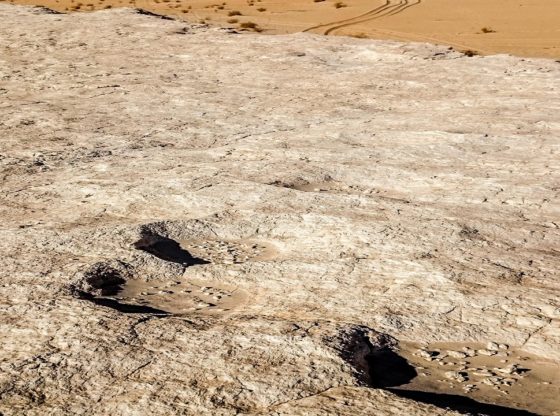
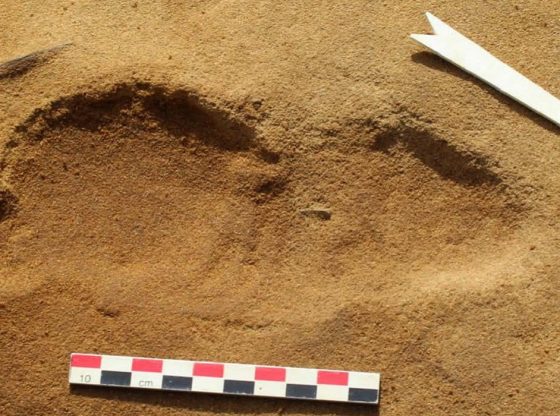
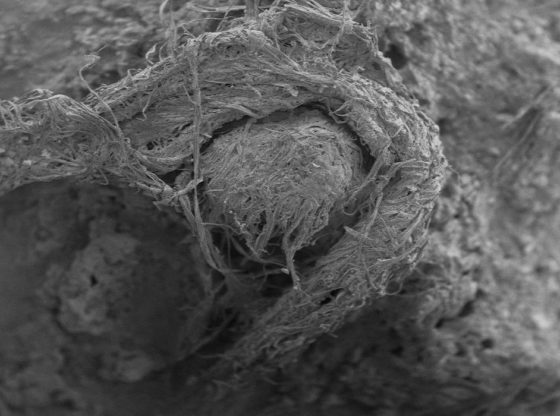
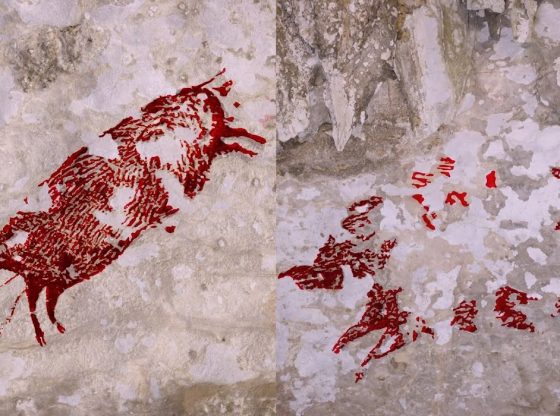
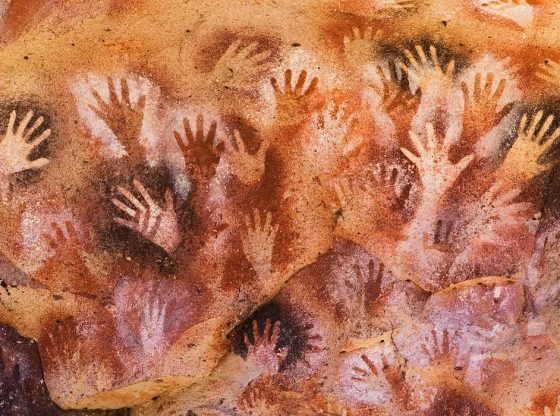
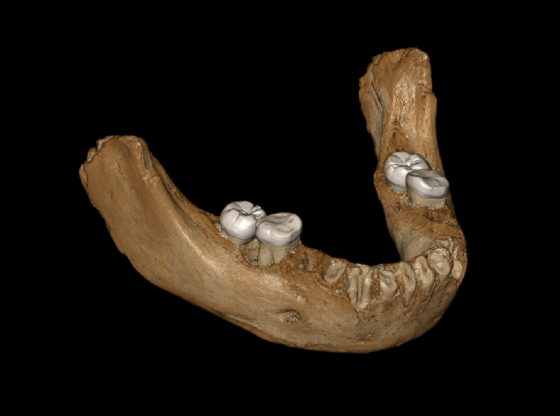


![OpenAI. (2025). ChatGPT [Large language model]. https://chatgpt.com](https://www.illustratedcuriosity.com/files/media/55136/b1b0b614-5b72-486c-901d-ff244549d67a-350x260.webp)
![OpenAI. (2025). ChatGPT [Large language model]. https://chatgpt.com](https://www.illustratedcuriosity.com/files/media/55124/79bc18fa-f616-4951-856f-cc724ad5d497-350x260.webp)
![OpenAI. (2025). ChatGPT [Large language model]. https://chatgpt.com](https://www.illustratedcuriosity.com/files/media/55099/2638a982-b4de-4913-8a1c-1479df352bf3-350x260.webp)








